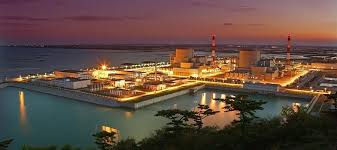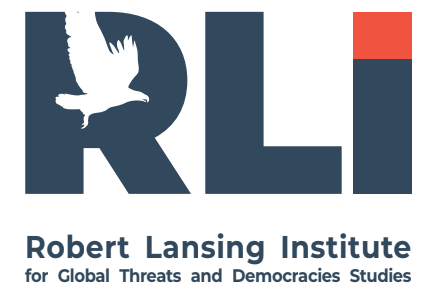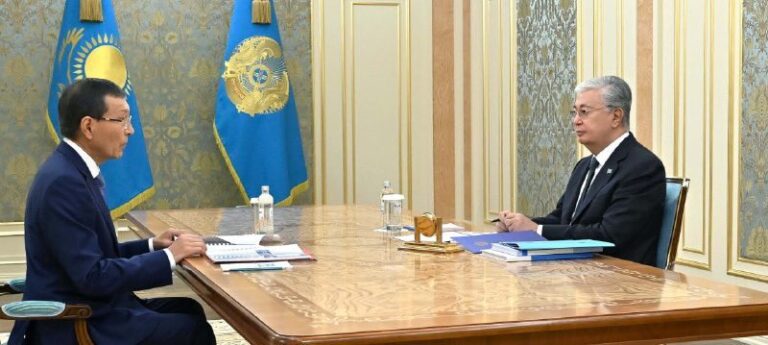Kazakhstan’s decision in 2025 to select a Chinese company over Russia’s Rosatom to build its first nuclear power plant marks a pivotal moment in Central Asian energy geopolitics. This move carries implications that extend beyond energy infrastructure, reflecting Astana’s recalibrated foreign policy posture amid growing regional competition between China and Russia.
II. Reasons for Kazakhstan’s Decision
- Desire for Strategic Diversification
Kazakhstan has been actively seeking to diversify its international partnerships to reduce overdependence on Russia, particularly in the wake of the Ukraine war. Choosing China aligns with this strategy. - Economic and Technical Offer from China
- Chinese companies, notably China National Nuclear Corporation (CNNC), likely offered better financial terms, more favorable technology transfer conditions, or long-term economic integration (e.g., under the Belt and Road Initiative).
- China’s experience with Gen-IV reactors and their global export success (e.g., in Pakistan, Argentina, and upcoming HTR-PM tech) adds to their attractiveness.
- Security Concerns and Sanctions Risks
Rosatom, though not formally sanctioned, operates under the shadow of broader Western sanctions against Russia. Kazakhstan, aiming to avoid secondary sanctions and protect international investments, likely saw less risk in engaging a Chinese partner. - National Sentiment and Political Calculation
Domestic unease over deepening ties with Russia post-Ukraine invasion may have pressured the government to seek alternatives. This decision could be seen as affirming Kazakhstan’s sovereignty and regional leadership ambitions.
III. Geopolitical Consequences
- Diminishing Russian Influence in Central Asia
This rejection of Rosatom weakens Russia’s traditionally dominant role in Kazakhstan’s strategic sectors. It signals that Moscow’s soft power, even in nuclear cooperation, is waning in the region. - Boost to China’s Regional Strategy
Beijing gains not only another major infrastructure project but also strengthens its geopolitical foothold in Central Asia. Nuclear cooperation creates long-term dependency and trust-building mechanisms. - Shift in Multilateral Alignment
Kazakhstan may further align with Chinese-led initiatives such as the Shanghai Cooperation Organization (SCO) and Belt and Road, while adopting a more cautious stance on CSTO and EAEU-related engagements. - Signal to the West
This decision can also be read as a call to the U.S. and EU that Kazakhstan is open to deeper engagement, provided it allows Astana to balance both Chinese and Russian influence.
IV. Possible Russian Reactions
- Diplomatic Pressure and Retaliation
Russia may issue formal protests, reduce energy cooperation, or apply economic pressure (e.g., trade barriers or pipeline leverage). - Covert Influence Campaigns
Expect Russian intelligence and media organs to amplify narratives of Chinese “colonization” of Kazakhstan or question the safety of Chinese nuclear technology. - Acceleration of Rival Projects
Moscow might seek to counterbalance by accelerating Rosatom-led projects in neighboring states (e.g., Uzbekistan, Armenia, or Belarus), or offer updated terms to lure back Astana. - Energy Weaponization
Russia could use its position in oil and gas transit to subtly destabilize Kazakhstan’s energy exports as leverage.
V. Who Else Might Choose China Over Rosatom
- Uzbekistan
Tashkent has been in talks with both Rosatom and CNNC. Kazakhstan’s decision could tip the balance toward Beijing, especially if China offers better financing and lower geopolitical risk. - Argentina and Brazil
Already exploring Chinese Gen-IV technologies, both may move further away from Russian offers due to sanctions risk and U.S. influence. - Turkey
While hosting Rosatom at Akkuyu, Turkey might lean toward China for future NPPs, especially if economic and strategic conditions from Russia worsen. - African Countries (e.g., Kenya, Egypt, South Africa)
China’s infrastructure financing model and Russia’s reputational damage may steer African nuclear development toward Beijing. - Middle East (e.g., Saudi Arabia, UAE)
While still U.S.-aligned, Gulf states may see China’s nuclear tech as a neutral alternative amid great power rivalries—particularly if Russia becomes further isolated.
Kazakhstan’s decision to reject Rosatom in favor of a Chinese nuclear partner is a subtle but firm assertion of strategic autonomy. It reflects a desire to diversify partnerships, avoid geopolitical entanglements, and align with the emerging power balance in Eurasia. This choice could catalyze a regional trend, weakening Russia’s monopoly in nuclear exports and strengthening China’s rise as a nuclear energy super-exporter.
1. Technological Comparison: Rosatom vs. China (e.g., CNNC)
- Rosatom typically promotes its VVER-1200 (pressurized water reactor).
- China may have offered the HTR-PM (High-Temperature Gas-Cooled Reactor) or Hualong One (HPR1000), which has been exported to Pakistan and is being considered by Argentina.

More on this story: Russia Exploits the IAEA to Steal Chinese Nuclear Technology
. Internal Political Dynamics in Kazakhstan
Domestic drivers—especially Tokayev’s balancing of elite factions, public opinion, and post-January 2022 unrest—likely influenced the decision.
- How anti-Russian sentiment or the desire for post-Nazarbayev sovereignty played a role.
- Internal debates within Kazakhstan’s political or expert circles about the risks of Russian vs. Chinese cooperation.
4. The U.S. and EU Perspective
Astana’s choice might have been quietly encouraged or supported by Washington or Brussels as part of efforts to limit Rosatom’s global reach.
- Western attempts to promote nuclear alternatives (e.g., U.S. SMRs or French EDF proposals).
Whether Kazakhstan’s decision reflects a “non-aligned” or subtly pro-Western foreign policy recalibration.




